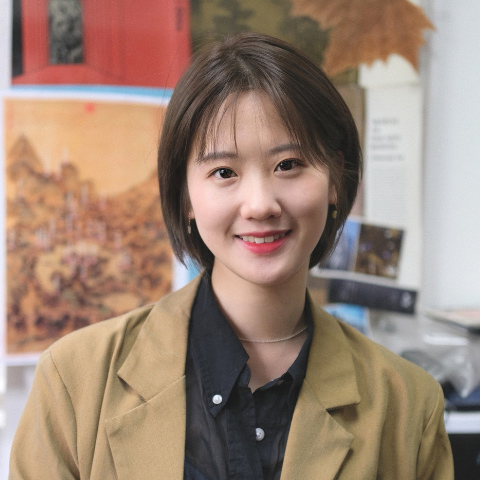
to top

Thesis Topic
This article focuses on the great transformation of the form of “Suzhou prints” in the 17th and 18th centuries, that is, from production of “book illustrations” to the production of “single-sheet prints” for sale and use. Of course, the transformation of the form of “Suzhou prints” is usually accompanied by the transformation of its techniques and themes. Single-sheet prints in Suzhou are mostly used for interior decoration rather than for religious ceremonies as in the past. Therefore, this article will be based on the characteristics of the print medium itself. On the one hand, this article hopes to rethink the hot topics about “Suzhou prints” in the past. On the other hand, this article hopes to focus on some classic Masterpieces of Suzhou Prints that have not been seriously discussed before. The novelty of the article lies in that it not only focuses on the relationship between text and print image, but also on the more complex relationship between space and print image.
Prints are not only a way to see the world, but also a tool for constructing and reproducing the world. Although single-sheet prints have briefly appeared in Chinese history, they have not been as large in production and as wide in themes as the “single-sheet prints” in the Ming and Qing dynasties. After this transformation, prints became the most popular and common art form, widely known as “New Year pictures(nianhua)”, indicating that the use of prints was combined with people's ideas about seasonal events and festivals. This article is dedicated to revealing the social history aspects presented by this major turning point in the field of visual culture and material culture. The specific chapter arrangement of this article is as follows:
Chapter 1: This chapter will take the print image production of two earlier print shops in Suzhou as examples, namely Wang Junfu Shop and Lv Yuntai Shop, to discuss the relationship between the composition and theme of “book illustrations” that have flourished since the late Ming Dynasty and the “single-sheet prints” produced in Suzhou.
Chapter 2: This chapter will review the history of China’s “single-sheet prints” before the 17th century to understand the predecessor and new developments of Suzhou’s “single-sheet prints”, focusing on how various themes of Suzhou prints participate in shaping different times and spaces.
Chapter 3: This chapter will take two sets of “Romance of the Western Chamber” themed prints produced in Suzhou as examples to discuss how the “vertical prints” in Suzhou’s “single-sheet prints” simultaneously integrate traditional Chinese painting methods and absorb Western techniques, and how the new changes affect the reading of print image.
Chapter 4: This chapter will take three “Golden Mountain Map” prints produced in Suzhou as examples. This type of Suzhou “single-sheet prints” that depict local landscapes are new subjects. This chapter focuses on how this new subject matter intervenes in the interaction and generative relationship between the political center and local culture.
Chapter 5: This chapter will start with the controversy over the origin of the famous Suzhou print image, named The Scenery of Gusu Shihu Lake Imitates the Scenery of West Lake in Hangzhou, and to discuss the direct influence of Suzhou “single-sheet prints” on Japan's “Nagasaki prints” of the same period.
In the epilogue, this article wants to point out that “single-sheet prints” became the mainstream of East Asian printmaking after the 17th century, including China, South Korea, Japan, and Vietnam. This article believes that we need to pay more attention to the social significance of this great transformation and Suzhou's special status as a pioneer. Finally, this article hopes to reflect on how we should discuss print images and how to recognize the charm and characteristics of prints themselves from the perspective of media theory and methodology.
